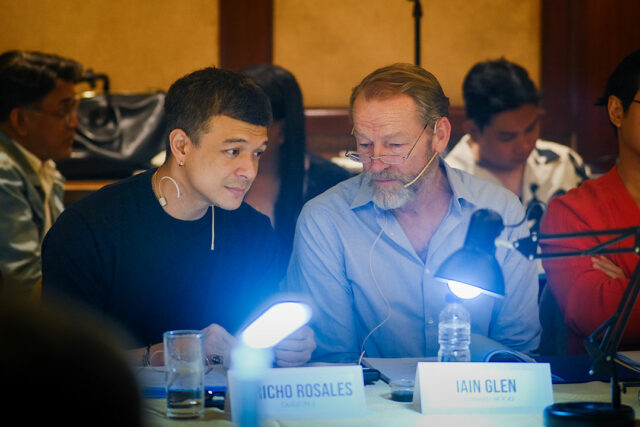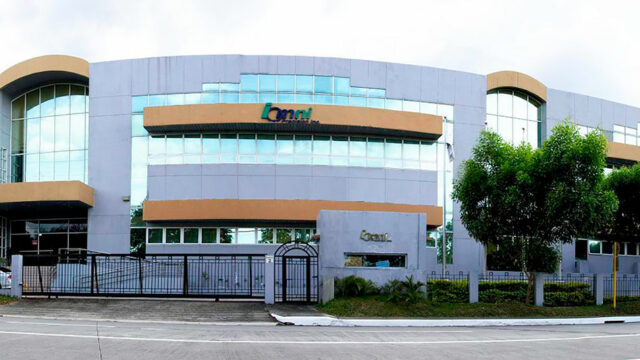Our nation’s greatest tragedy is not poverty, corruption, or external threats — it’s our paralysis in the face of these challenges. The current socioeconomic-political system, dominated by oligarchs and political dynasties, has proven immune to reform, absorbing and neutralizing every attempt at change. Elections, legislation, and advocacy have become ritualistic exercises in futility. The rules of engagement are skewed in their favor, leaving ordinary Filipinos demoralized and disillusioned.
We’re shackled by a small elite that wields disproportionate influence over our lives.
Despite decades of reforms and promises of change, the entrenched elites remain in place. From land reform programs under President Corazon Aquino, to across-the-board reform initiatives of President Fidel Ramos, to anti-corruption campaigns in subsequent administrations, every initiative has been diluted or derailed by oligarchic resistance. Even the Marcos experiment in authoritarian rule failed to dismantle the oligarchic structure.
Working within this system has repeatedly failed. The persistence of patronage politics and crony capitalism underscores the futility of conventional approaches. The question before us now is not whether change is needed, but how it can be achieved in a way that bypasses or disrupts oligarchic control. To break free, the Philippines must embrace innovative strategies that mobilize all sectors of society while circumventing traditional power structures.
Any good son and daughter of the Republic realizes from repeated bad experience that there’s no point in sticking to conventional approaches. It’s time to consider embracing creative disruption — tactical, unconventional, and relentless strategies that bypass or dismantle the system’s safeguards against real transformation. Most of us who’ve been there and done that, including enlightened oligarchs whose businesses actually uplift the poor, will reasonably agree that our “extraordinary situation requires extraordinary whole-of-nation actions.”
Here’s an assembly of ideas, distilled from regurgitating discussions, for discussion and consensus building on what Filipinos should be prepared to do to break free and take concerted action, come what may. But before doing so, it’s crucial to level off by agreeing first on what the common vision is to serve as the basis for strategies, goals, and relevant plans of action.
1. ECONOMIC PARALLEL SYSTEMS
The Philippine economy is held hostage by powerful interests that control life’s essentials — power, water, food, telecoms, banking, information. Attempts at reform have led to monopolistic shell games that merely reallocate control within the same circles. A true economic revolution requires direct, decentralized action.
• Boycott and Replacement. A systematic, grassroots effort to establish cooperative and community-driven alternatives. Decentralized finance (DeFi), blockchain-powered microbanks, and peer-to-peer trade networks offer unprecedented opportunities to bypass traditional oligarchic control.
• Energy Independence Cells. The failure to modernize the power sector should be countered by localized, self-sustaining microgrids and alternative energy collectives, such as small-scale solar, hydro, and geothermal barangay-based cooperatives.
• Urban Farming and Food Sovereignty. Communities should adopt a war footing for food self-sufficiency — rooftop farms, aquaponic stations in urban slums, and large-scale cooperative farming on idle lands backed by digital supply chain coordination.
2. TACTICAL POLITICAL WARFARE
The oligarchic machine has perfected the art of neutralizing electoral, legislative, and investigation threats. Disrupting it in a way that accelerates its collapse might be a better approach.
• The Trojan Horse Strategy. Embed operatives to create chaos within corrupt institutions — sowing dysfunction, sabotaging deals, ensuring bureaucratic gridlocks.
• Digital Guerrilla Warfare. A dedicated Filipino information insurgency to systematically expose corruption, support whistleblower networks, and undertake crowdsourced investigations at an industrial scale.
• Hyperlocal Revolts. Thousands of small, simultaneous, uncoordinated acts of defiance — public office sit-ins, public space occupations, bureaucratic work slowdowns, lightning street protests can overload and short-circuit the system.
3. GOVERNANCE WITHOUT PERMISSION
Build a new system alongside the old one to render it obsolete.
• People’s Courts and Arbitration Networks. Communities should form arbitration councils that resolve disputes fairly and efficiently. If these gain credibility, even businesses will prefer them over official courts.
• Underground Education Networks. Public education has failed to produce critical, patriotic, and capable citizens. A parallel system of underground schools — teaching true history, good manners, right conduct, a culture of service and patriotism, critical thinking, modern skills, entrepreneurship — to raise a new generation of Filipinos.
• Autonomous Zones. Create self-sustaining enclaves of functional governance, communities that have their own financial, security, and infrastructure system.
4. REPROGRAMMING THE FILIPINO MIND
The deepest wound inflicted by colonialism and oligarchic rule is psychological. Filipinos have been conditioned to feel powerless, accept suffering, and see themselves as perpetual victims. This must be undone through a systematic campaign of radical reawakening.
• Mythmaking and Identity Engineering. We must cultivate a new heroic narrative of defiance, resilience, and triumph aggressively propagated through films, music, art, and social media.
• The Culture of Martial Readiness. We need to train in self-defense, community security, and emergency response through voluntary civic networks, and to also serve as psychological deterrents to foreign invasion and internal oppression.
• Shame as a Political Weapon. A cultural shift must be engineered where betrayal by political parties, unworthy candidates, publicity agencies, and electoral bodies, is met with public humiliation so severe that it will be feared more than legal consequences.
5. STRATEGIC CHAOS
Change won’t come easily nor peacefully. The ruling order won’t yield without force. While outright violent revolution is impractical, controlled disruption is necessary. Consider:
• Targeted Economic Collapses. Boycotts, worker strikes, and investigative journalism.
• Overload. Civil disobedience and tax resistance on a massive scale.
• Triggering Elite Infighting. The ruling class is factionalized too. Those in power can be made to turn on each other.
None of those ideas are pipe dreams. They require deep reflection, sustained effort, and selfless sacrifice from all sectors. Our struggle is a moral imperative requiring courageous collective action and performance excellence. The question is whether Filipinos are willing to take the leap to think, act like revolutionaries, and rally behind worthy leaders.
History shows that even the most entrenched systems can be dismantled when ordinary people unite behind a shared vision for good governance, justice, and freedom. The system will not fix itself. It must be bypassed, undermined, and ultimately, transformed. Only then can the Philippines be truly free.
Rafael “Raffy” M. Alunan III is a former secretary of Tourism and secretary of the Interior and Local Government; a member of the Management Association of the Philippines or MAP, the Harvard Kennedy School Alumni Association of the Philippines, the Philippine Council for Foreign Relations, and Rotary Club of Manila.
map@map.org.ph
malunan@gmail.com






















